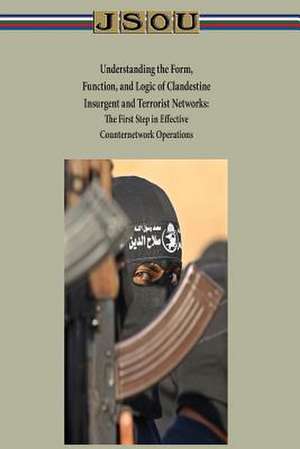Understanding the Form, Function, and Logic of Clandestine Insurgent and Terrorist Networks - The First Step in Effective Counternetwork Operations
Autor Joint Special Operations Universityen Limba Engleză Paperback
Preț: 66.81 lei
Nou
Puncte Express: 100
Preț estimativ în valută:
12.79€ • 13.09$ • 10.64£
12.79€ • 13.09$ • 10.64£
Carte disponibilă
Livrare economică 25 februarie-11 martie
Preluare comenzi: 021 569.72.76
Specificații
ISBN-13: 9781497517639
ISBN-10: 149751763X
Pagini: 120
Dimensiuni: 152 x 229 x 6 mm
Greutate: 0.17 kg
Editura: CREATESPACE
ISBN-10: 149751763X
Pagini: 120
Dimensiuni: 152 x 229 x 6 mm
Greutate: 0.17 kg
Editura: CREATESPACE
